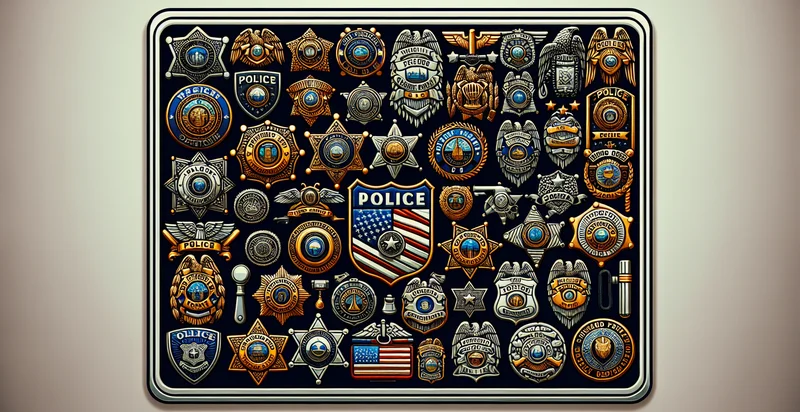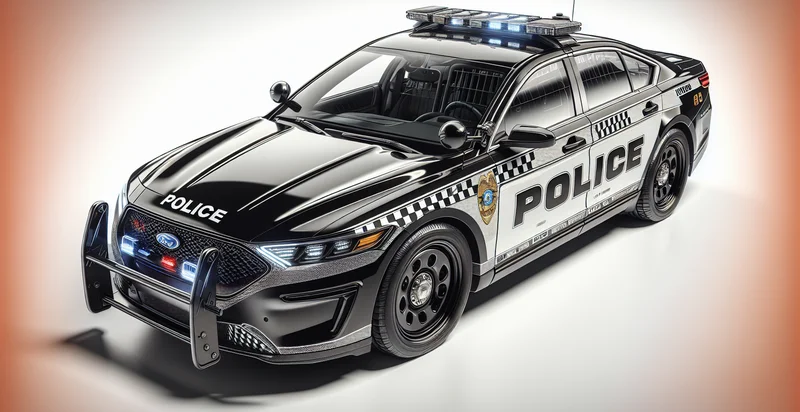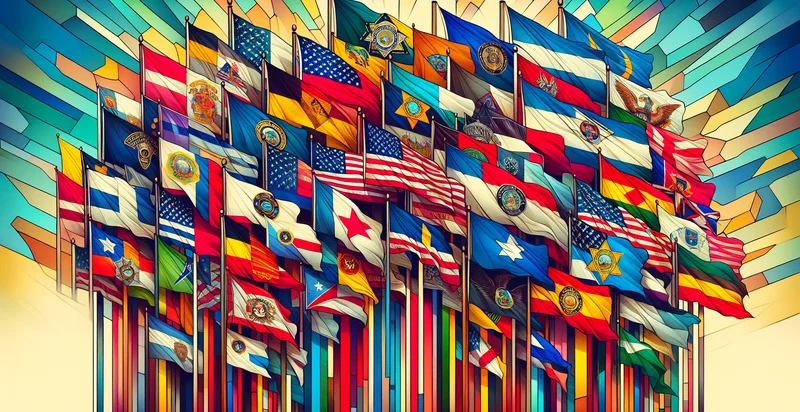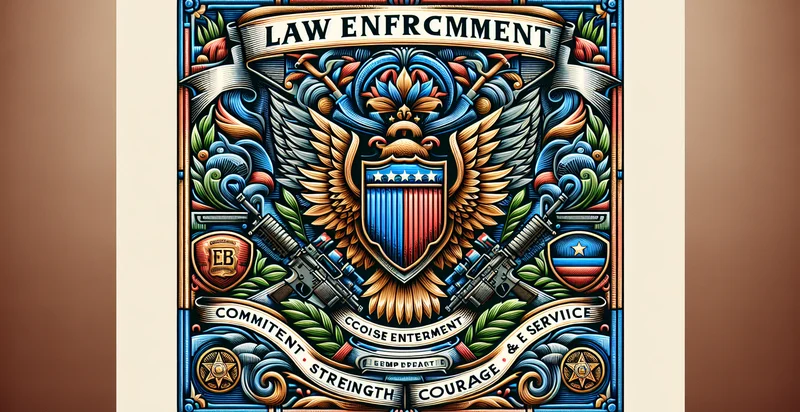Identify police departments by logo
using AI
Below is a free classifier to identify police departments by logo. Just upload your image, and our AI will predict what police department it represents - in just seconds.

Contact us for API access
Or, use Nyckel to build highly-accurate custom classifiers in just minutes. No PhD required.
Get started
import nyckel
credentials = nyckel.Credentials("YOUR_CLIENT_ID", "YOUR_CLIENT_SECRET")
nyckel.invoke("police-departments-by-logo", "your_image_url", credentials)
fetch('https://www.nyckel.com/v1/functions/police-departments-by-logo/invoke', {
method: 'POST',
headers: {
'Authorization': 'Bearer ' + 'YOUR_BEARER_TOKEN',
'Content-Type': 'application/json',
},
body: JSON.stringify(
{"data": "your_image_url"}
)
})
.then(response => response.json())
.then(data => console.log(data));
curl -X POST \
-H "Content-Type: application/json" \
-H "Authorization: Bearer YOUR_BEARER_TOKEN" \
-d '{"data": "your_image_url"}' \
https://www.nyckel.com/v1/functions/police-departments-by-logo/invoke
How this classifier works
To start, upload your image. Our AI tool will then predict what police department it represents.
This pretrained image model uses a Nyckel-created dataset and has 47 labels, including Albuquerque Pd, Atlanta Pd, Austin Pd, Baltimore Pd, Boston Pd, Charlotte Pd, Chicago Pd, Cincinnati Pd, Colorado Springs Pd and Columbus Pd.
We'll also show a confidence score (the higher the number, the more confident the AI model is around what police department it represents).
Whether you're just curious or building police departments by logo detection into your application, we hope our classifier proves helpful.
Related Classifiers
Need to identify police departments by logo at scale?
Get API or Zapier access to this classifier for free. It's perfect for:
- Law Enforcement Communication: Police departments can use the logo identifier to streamline communication and identification procedures during joint operations or public events. By quickly recognizing logos from various departments, officers can ensure accurate and timely communication across jurisdictions.
- Merchandise Verification: Police departments can implement this function to authenticate official merchandise such as uniforms, badges, and promotional items. By filtering out logos that do not belong to authorized departments, they can prevent counterfeit goods from entering the market.
- Social Media Monitoring: This function can help police departments monitor social media platforms for unauthorized use of their logos. By identifying instances where their logos are misappropriated, departments can take appropriate action to protect their brand and public image.
- Community Outreach Programs: Police departments can utilize the logo identifier to promote community outreach initiatives effectively. By recognizing logos from youth programs, neighborhood associations, or partnerships with local organizations, they can tailor their outreach strategies and foster stronger community ties.
- Crime Scene Management: During a crime scene investigation, police departments can use this function to identify and catalog police vehicles or personnel accurately. By filtering images by department logo, they can manage evidence collection and ensure that only authorized individuals are present.
- Event Planning and Security: For large public events, police departments can use the logo identifier to coordinate with other law enforcement agencies. By recognizing the logos of allied departments, they can enhance security measures and effectively allocate resources for crowd management.
- Internal Training and Accountability: Police departments can incorporate this function into training programs for new recruits. By familiarizing officers with the visual identities of various departments, they enhance situational awareness and accountability while fostering professionalism in multi-agency operations.


